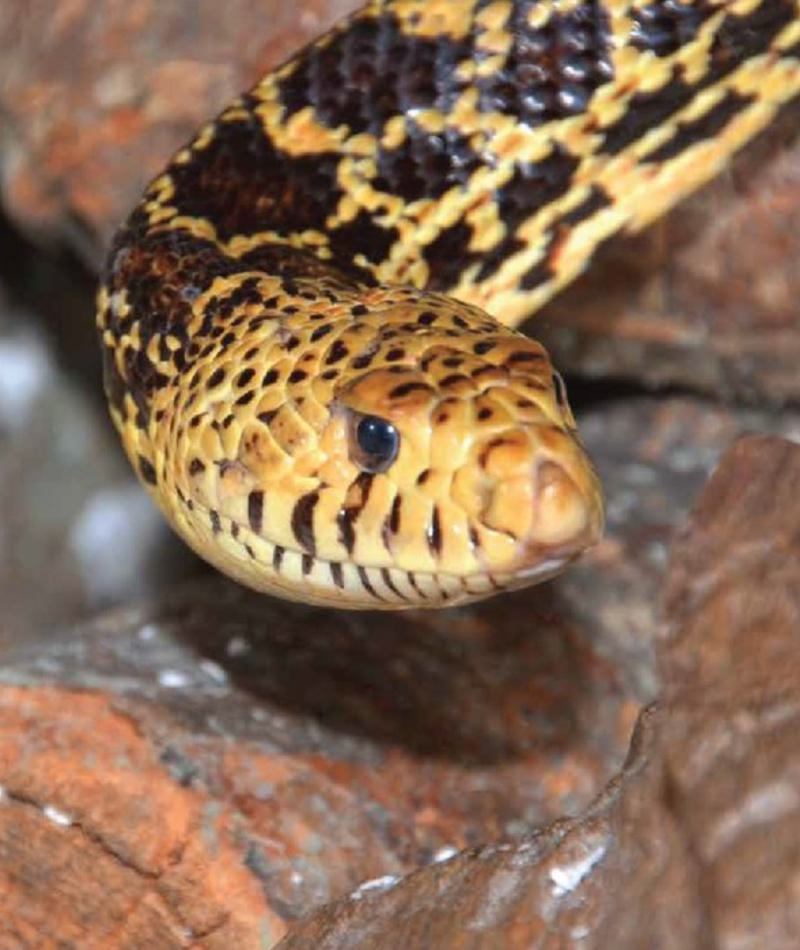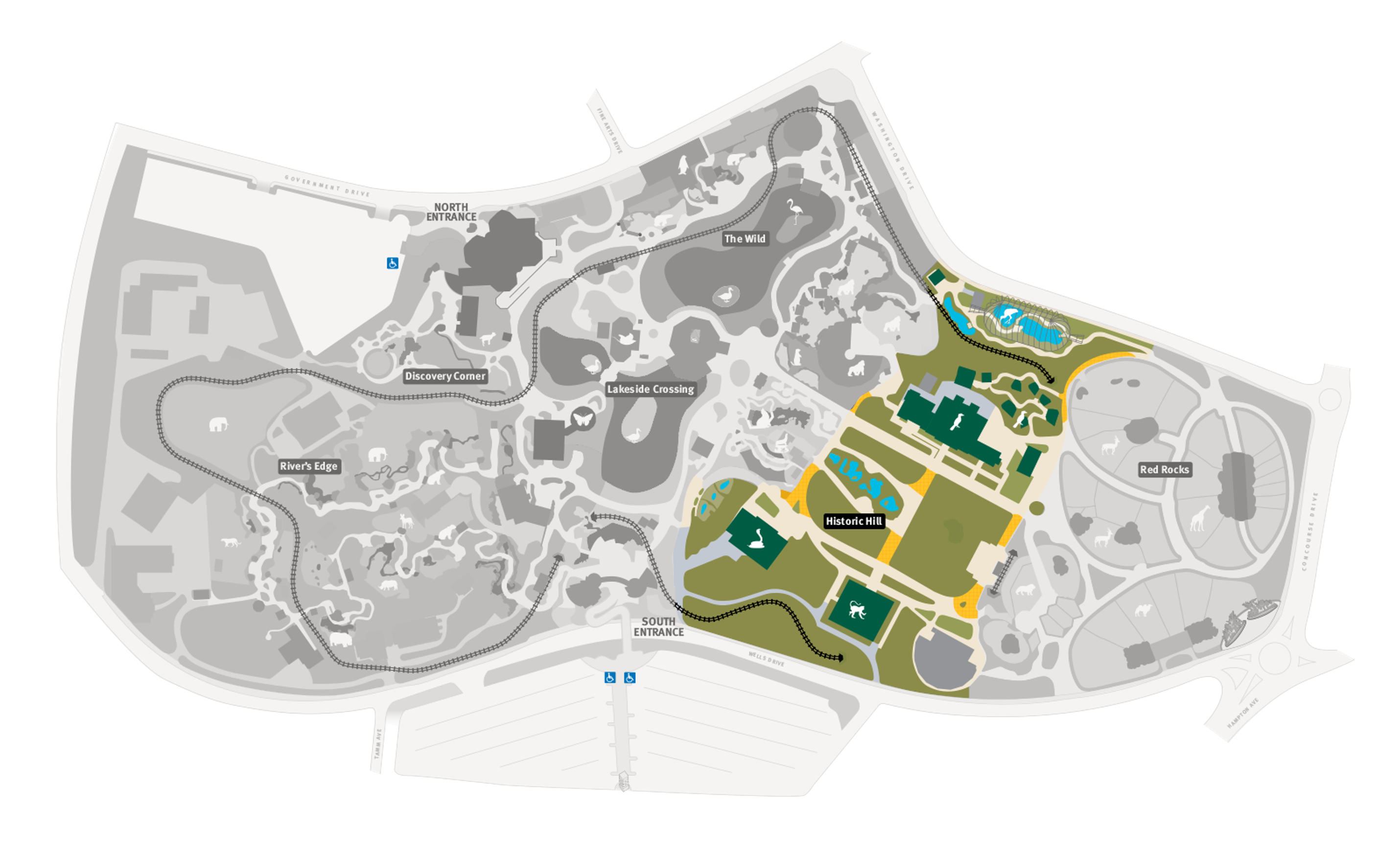
Bullsnake
Pituophis catenifer sayi
Did you know?
- Bullsnakes are part of the family Colubridae, which they share with other nonvenomous snakes.
- They live throughout the Midwest and Southwest U.S.
- They are typically active from April through early November.
- They eat small mammals, including mice and rabbits, and birds.
- A female will lay between three to 22 eggs per clutch.
Adaptations
Bullsnakes can be over seven feet long, making them the longest snakes in Missouri and formidable predators. Their mixed-brown coloration is perfect for camouflaging in forests and vegetation, and the shape of their pointy head is ideal for burrowing and digging in dirt.
Young and Family
Bullsnakes court each other in April and early May. A female will lay between three to 22 eggs per clutch. They often place their eggs in burrows, instead of making a nest from scratch. Sometimes, multiple females will lay their eggs in the same site.
Threat Level
- Unknown
- Common
- Near Threatened
- Threatened
- Endangered
- Critically Endangered
- Extinct in the Wild
Common
The Bullsnake is widespread and abundant.
Range
Much of northern and western Missouri
Habitat
Prairies, pastures, old fields, savannas, and along some river bluffs.

We care about bullnakes
The Saint Louis Zoo supports bullsnakes at the Charles H. Hoessle Herpetarium at the Zoo. Learn more about how we are helping wildlife around the world
Find this animal in Historic Hill

SAINT LOUIS ZOO ZONE
Historic Hill
Historic Hill is a lovely stroll through one of the oldest parts of the Saint Louis Zoo. From the 1904 World’s Fair Flight Cage to the Spanish architectural flavor of the 1920s in the Bird House, Primate House and Herpetarium to the finishing touches of our thoroughly modern exhibits, this area of the Zoo has a unique ambiance and a nostalgic history that make it a great destination.

